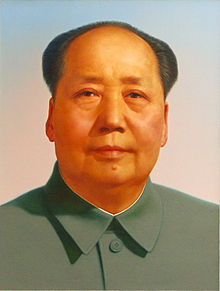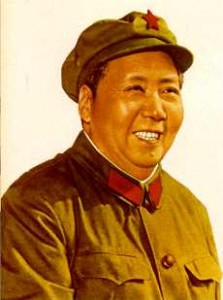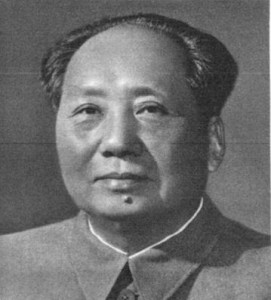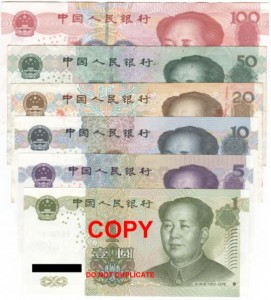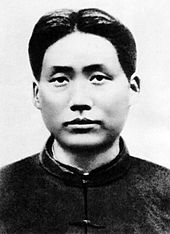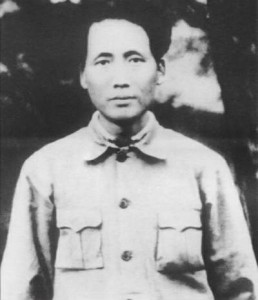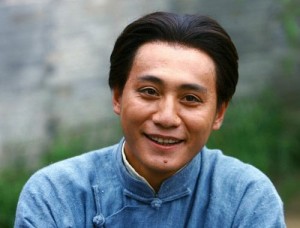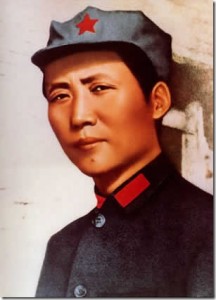Gorbachev and Birthmark (Port-Wine Stain)
- Mao Zedong (1893-1976, 毛泽东) also commonly known as Chairman Mao was the leader of the People’s Republic of China from 1949 until his death.
- When wondering in Beijing, one cannot ignore the portrait of Mao Zedong at the entrance of the Forbidden City and the conspicuous lump he proudly displays which are visible in many of his portraits.
- The lesion is a flesh-colored roundish papule with no other apparent skin change. Based-on this the first and most likely diagnosis is an intradermal melanocytic nevus. (IDMN)
- IDMN is the evolution of a melanocytic nevus (common mole) which are initially flat , well-delimited and have a dark brown color (junctional melanocytic nevus).
- Then they become less well demarcated, more elevated with a fading of the initial brown color (compound melanocytic nevus)
- However the photos we have of Mao in his younger years do not have lesions in this area. (Only the actors do !)
- If someone has comments or pictures in his youth harboring a lesion, we welcome your input.
- Thus, until then we have to add:
- most moles appear between 10 and 30 but we cannot exclude a late appearing mole (after 30)
- (although very unlikely based on the appearance and evolution), fibroma, hamartomas and basal cell carcinoma (BCC).
- In Chinese beliefs, the position of moles on the face. Many people choose to have them removed as they have a bad omen.
- In the following link there are interpretations based on the locations of moles: CLICK HERE
- According to this Mao’s mole would be no.14 and 15:
- 14: “Have high risk of food poisoning or allergy”
- 15: “Do not reside at one place for long, move around a lot or have unstable environment.”
- Maybe was the mole voluntarily removed by censorship and that they were not reinserted later on for some reason.
- According to this Mao’s mole would be no.14 and 15:
Disclaimer: His political legacy is not in any way the object of this article.
Related posts

